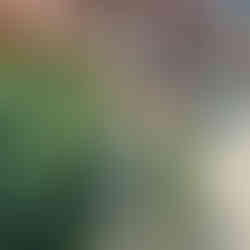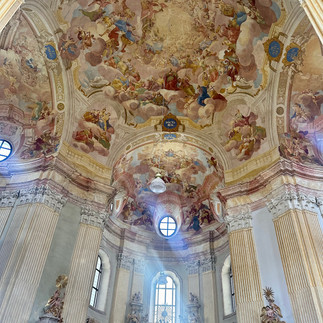A really interesting Czech story!
- johnff750
- Aug 13, 2024
- 2 min read
Updated: Aug 14, 2024
Today drove 4 hours through the Czechia county side to Brno, another random place to stay. Must have driven through 50 small villages, nearly all had a huge church, and nearly all had various war stories posted on information boards. But what was interesting was that every village had speakers mounted on telegraph poles, and in most cases music was being played. So it turns out that the speakers were installed in late 40's & 50's as a tool for civil defence in case of WW3. The idea was that commercial radio stations would be obliterated and the local PA system would be used to control the populace before, during and after the attack. It would be used to announce the emergency, to order people in shelters, to announce the end of attack and so on. During the socialist era they were also used to organise workers for daily work on collective farms. These announcements were at 6am each day. The PA system would play a brass band patriotic socialist number followed by an announcement like "comrades A, B and C will attend pigs, comrades D, E, F and G will milk cows, comrades ... will go to attend turnips in that field" etc. In addition the speaker box would play the official program of the Czechoslovak Radio. The wires were connected to the operation centre of the local Communist Party committee. In case of emergency, the committee could interrupt regular programming and use this system to make announcements and give orders. The idea was that such system, could not be easily obliterated during military nuclear conflict. There were very few families that actually owned a radio and most of the territory was not covered by radio broadcast anyway. Hence, specifically built local PA systems were useful for both purposes: propaganda and civil defence. And they had huge advantage over radio: one could not turn them off! It was odd driving through villages with the music playing through the speakers! One of the churches I stopped at was the Church of the name of the Virgin Mary in Křtiny which is an important pilgrimage destination in Moravia and one of the most celebrated shrines in Central Europe. In the crypt below the church is a vast ossuary where a special discovery was made in the early 1990s: twelve skulls painted with laurel wreaths and the letter T. (However the ossuary was shut when I visited!) Inside the church were some magnificent ceiling frescos from the 1700's.















Comments